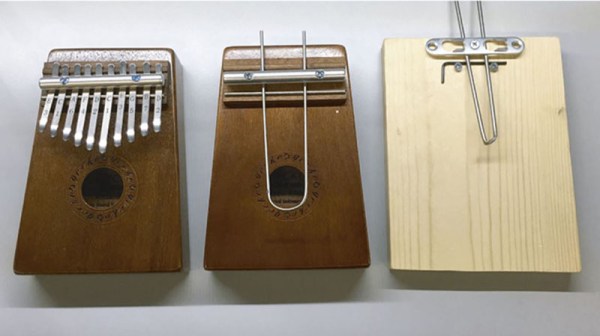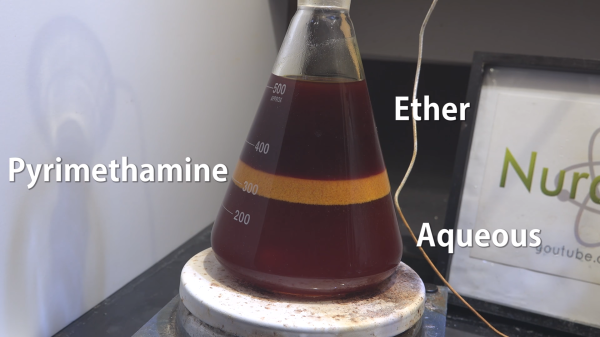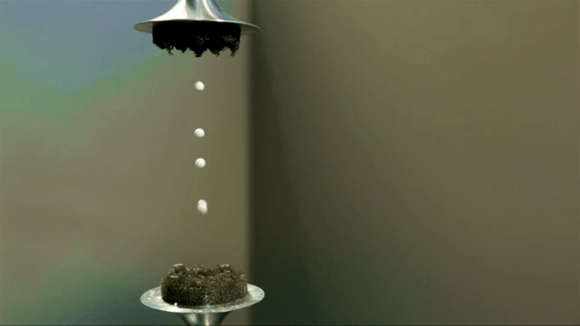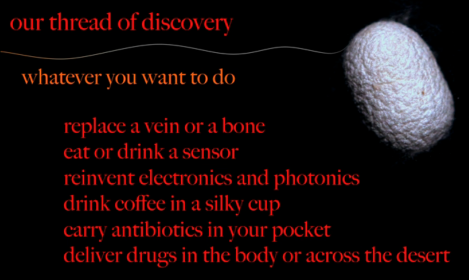We’ve covered construction of novel music instruments on these pages, and we’ve covered many people tearing down scientific instruments. But today we’ve got something that managed to cross over from one world of “instrument” into another: a music instrument modified to measure a liquid’s density by listening to changes in its pitch.
This exploration started with a mbira, a mechanically simple music instrument. Its row of rigid metal tines was replaced with a single small diameter hollow metal tube. Filling the tube with different liquids would result in different sounds. Those sounds are captured by a cell phone and processed by an algorithm to calculate the difference in relative density of those liquids. Once the procedure was worked out, the concept was verified to work on a super simple instrument built out of everyday parts: a tube mounted on a piece of wood.
At this point we have something that would be a great science class demonstration, but the authors went a step further and described how this cheap sensor can be used to solve an actual problem: detecting counterfeit pharmaceuticals. Changing composition of a drug would also change its density, so a cheap way to compare densities between a questionable sample against a known good reference could be a valuable tool in parts of the world where chemistry labs are scarce.
For future development, this team invites the world to join them applying the same basic idea in other ways, making precise measurements for almost no cost. “Any physical, chemical, or biological phenomena that reproducibly alters the pitch-determining properties of a musical instrument could in principle be measured by the instrument.” We are the ideal demographic to devise new variations on this theme. Let us know what you come up with!
If you need to do quick tests before writing analysis software, audio frequency can be measured using the Google Science Journal app. We’ve seen several hacks turning a cell phone’s camera into instruments like a spectrometer or microscope, but hacks using a phone’s microphone is less common and ripe for exploration. And anyone who manages to make cool measurements while simultaneously making cool music will instantly become a serious contender in our Hackaday Prize music instrument challenge!
[via Science News]

















